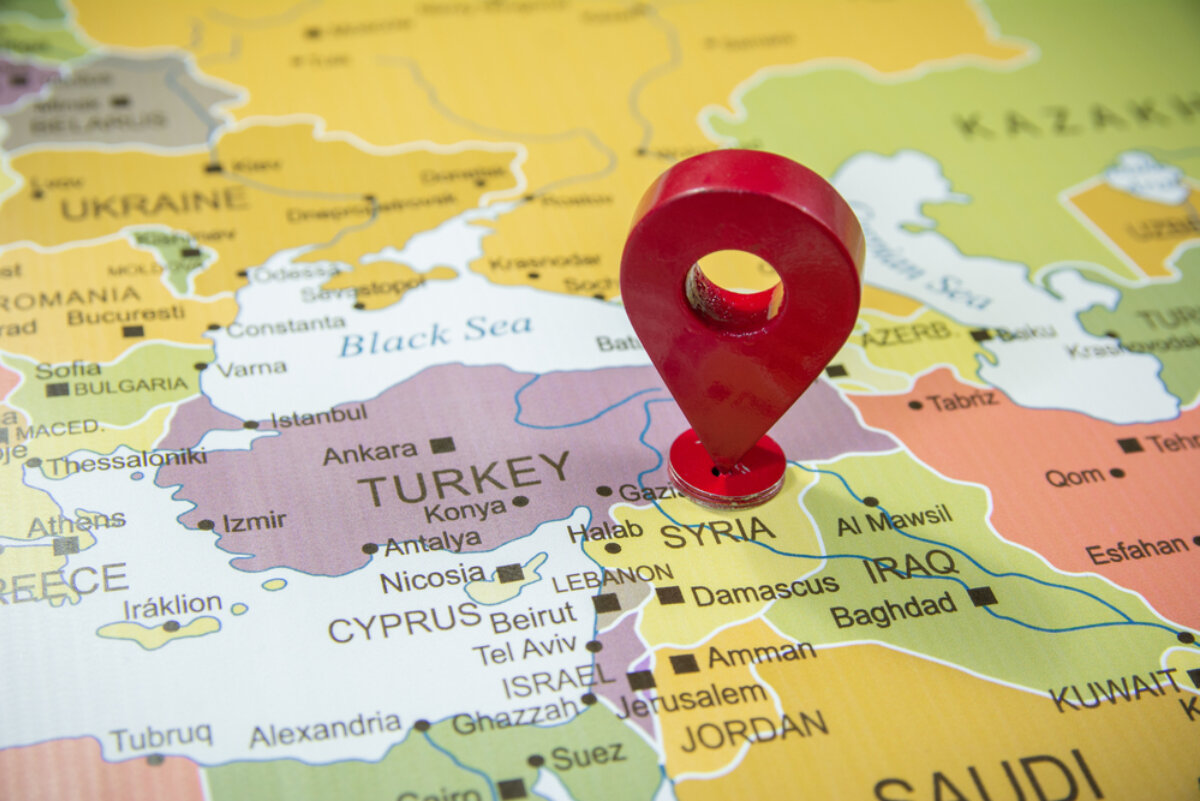Is the Syrian front the biggest risk to Israel?
The presence of heterogeneous organizations, with different agendas and interests to protect, could make Syria the riskiest escalation point. An analysis by Daniele Ruvinetti

If the Lebanese front is now the subject of mainstream attention due to concerns that Hezbollah may be involved in the escalating conflict between Israel and Hamas, the Syrian front is equally overheated and potentially the site of more violent escalations. Similar dynamics are at work: Israel has the Golan dispute with Syria, but more importantly - after the civil war against the Assadist regime - Syria has become a military platform for Shiite militias coordinated by the Pasdaran. The organizations that make up the Axis of Resistance, which includes the more well-known Hezbollah and the now-notorious Hamas for its October 7 atrocities, are placed on Syrian soil. They receive Iranian weapons and assistance, and they gained influence for having saved Bashar el Assad from the revolution - Assad has since been re-admitted at the regional diplomatic level and is protected by those militias, including but not limited to Hezbollah, Iran’s senior partner in the Axis.
So far, the Syrian front has been characterized by sporadic fighting and isolated missile attacks, even less intensely than in Lebanon, but a deeper “hidden war” is intensifying. For years, Syria has been the target of an Israeli airstrikes campaign aimed at disrupting the supply of weapons and other support flowing from Iran to Damascus. The missions have been ongoing since 2013, under a clear Israeli intelligence belief: sooner or later those Iranian weapons will be used against the Jewish state. Equally typical are the attacks against several U.S. posts in Syrian territory, which have remained operational since the International Coalition used them to fight the Islamic State, which had contaminated the Siraq with the Caliphate. Some of these Shiite militias - violent, jihadist, highly ideologized and existentially hostile to Israel and the West - are Iraqi, and over the years both sporadic Israeli raids and attacks against U.S. bases have occurred also in Iraq.
The U.S. military has also undertaken over the month three series of airstrikes in Syria in response to provocations - missile and armed drone attacks - by Iran-linked proxies. Unprecedentedly, Israel has carried out extensive air raids four times already on international airports in Damascus and Aleppo, making them inoperable. Since the Hamas attack on Israel on October 7, Syrian airports have been subjected to several rounds of bombing, seriously affecting the country’s aviation industry with substantial runway damage. All of this is taking place under the watchful eye of Russia, which has controlled the Syrian airspace since 2015 having structured the A2/AD shell over the country – with the intervention for the defense of Raʾīs Assad. Despite being an Iranian ally, Moscow has always allowed Israel to operate freely in order to keep a balance with Jerusalem (and maybe also to prevent Iran from gaining a dominant position in the country). Even now, nothing seems to be changing, although Israeli (and occasionally U.S.) planes move using remote attack techniques, that is without entering Syrian airspace, and stealth capabilities that can trick Russian radars.
The Syrian front poses more risks to Israel than Lebanon because of the number of proxies involved. As mentioned, in addition to Hezbollah, Israel might be threatened by a coalition of battle-hardened forces used to fighting in protracted civil wars. There are several militias in Syria: the Wagner, or its new post-Prigozhin model; Iraqi Shiite militias that are closely associated with the Pasdaran; the Afghan Liwa Fatemiyoun and Pakistani Liwa Zainebiyoun (who have been used as shields by the Pasdaran in the riskiest contexts for years); the Basij guerrillas; and regular troops from the Pasdaran themselves. Finally, there is what remains of the Syrian Armed Forces, which have frequently been reassembled with militia elements - and led by questionable figures such as Maher Assad, Bashar’s brother, a member of the Ba’athist Central Committee in Damascus and head of the Fourth Armored Division, a parallel army whose charter calls for combating Israel.
As the conflict in Gaza rages on, the numerous complexities and shifting allegiances in Syria may cause the front to intensify further, adding an additional layer of danger and threat to Israel and the U.S. presence in the country. Each has its own interests. By targeting U.S. forces deployed in Syria (and Iraq), Iranian-backed militias seek to pursue Tehran’s objectives of pressuring U.S. leaders to withdraw U.S. ground forces from countries close to Iran’s borders. The fact that the Syrian militias’ attacks are directed against U.S. bases and personnel, rather than Israel, suggests that the militias not only lack the ability to project power into Israel, but also that they primarily seek to advance anti-U.S. objectives rather than directly aid the Hamas conflict.
The militia attacks from Syria could thus have a strategic purpose - to force the United States to withdraw from the region - with a distinctly different policy than the chaos in Gaza. Again, the Palestinian conflict, and more specifically the issue affecting the Palestinian population, becomes a mere proxy, reduced to a story device and a means of covering up other desiderata. This means that Bashar el Assad only has a limited control over the political balance. The president/raʾīs owes Iran a blood debt (as well as Russia, which may have an interest in exacerbating and destabilizing the situation). Assad must come to terms with certain dynamics. His attempt to publicly retrain himself - with participation in summits such as the Arab League’s Raid summit - does not seem to match certain warlike dynamics. But it is a necessity for its protectors (both current and former): Iran, as Supreme Leader Ali Khamenei himself has stated, does not intend to go directly to war, but it does want to protect itself, and in order to do so it must keep its fronts alive. If in the North Hezbollah similarly wants to avoid direct involvement, Syria becomes a hotspot where the level of confrontation can be sensitized as needed. The risk is that, in this delicate game, something slips out of hands. Not least because the individual actors have partially conflicting agendas and are made up of unscrupulous individuals willing to do anything to safeguard their own interests.



